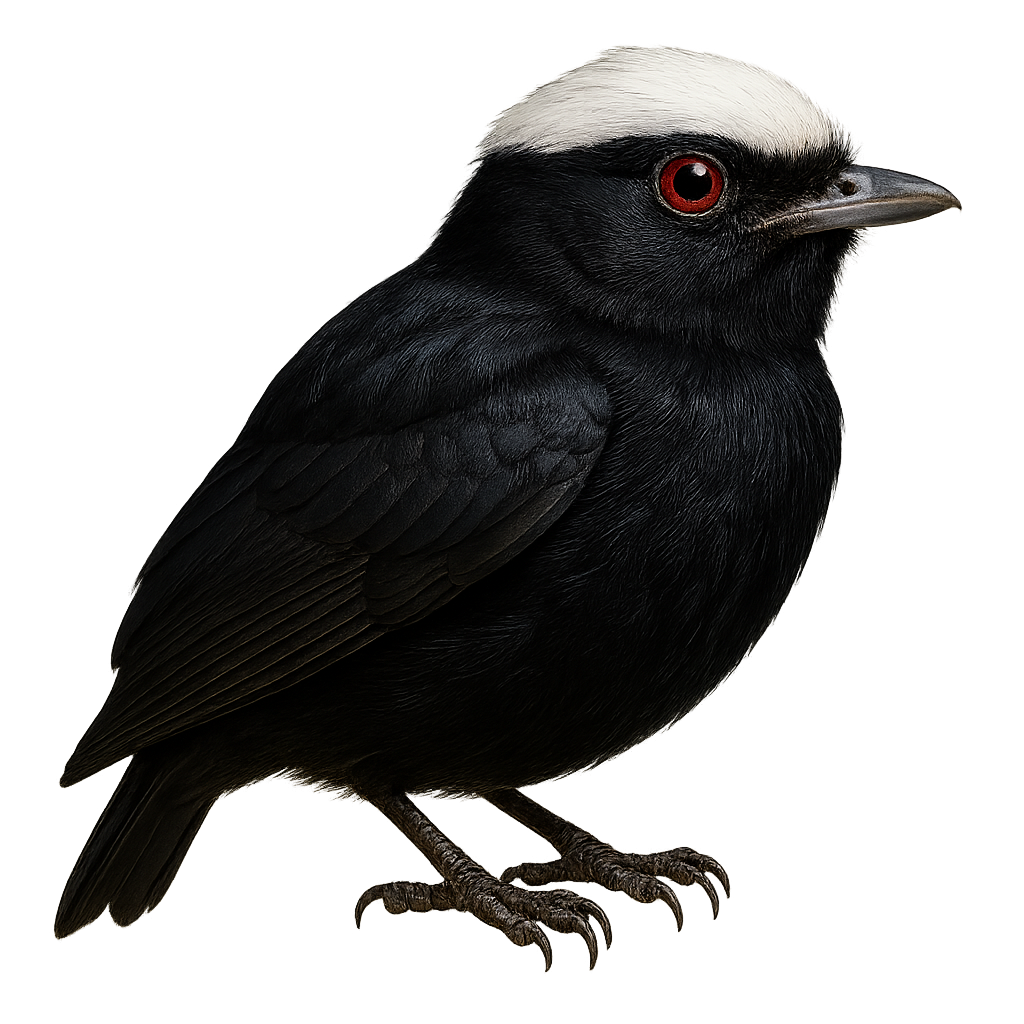Your wildlife photography guide.
Explore the white-crowned manakin in detail, study its behavior, prepare your shots.
Where to observe and photograph the white-crowned manakin in the wild
Learn where and when to spot the white-crowned manakin in the wild, how to identify the species based on distinctive features, and what natural environments it inhabits. The WildlifePhotographer app offers tailored photography tips that reflect the white-crowned manakin’s behavior, helping you capture better wildlife images. Explore the full species profile for key information including description, habitat, active periods, and approach techniques.
White-crowned Manakin
Scientific name: Pseudopipra pipra

IUCN Status: Least Concern
Family: PIPRIDAE
Group: Birds
Sensitivity to human approach: Suspicious
Minimum approach distance: 5 m
Courtship display: November to December
Incubation: 18-20 jours
Hatchings: November to January
Habitat:
Tropical rainforests, understory, forest edges
Activity period :
Primarily active during the day, with peak activity in the morning and late afternoon.
Identification and description:
The White-crowned Manakin, or Pseudopipra pipra, is a small, colorful bird native to the tropical forests of South America. It is easily identifiable by its white head contrasting with its black body. Males are particularly known for their spectacular courtship displays, performing complex dances to attract females. These birds primarily inhabit the understory of humid forests, where they feed on fruits and insects. Although often difficult to spot due to their small size and discreet behavior, they play an important role in seed dispersal in their habitat. Their song is a distinctive feature of the forest, adding an auditory dimension to their visual presence.
Recommended lens:
400mm – adjust based on distance, desired framing (portrait or habitat), and approach conditions.
Photography tips:
To photograph the White-crowned Manakin, it is advisable to use a 400mm or longer telephoto lens to capture detailed images without disturbing the bird. Look for areas where males perform their courtship displays, often in clearings or open understory. Be patient and discreet, as these birds can be suspicious. Use a tripod to stabilize your camera and wait for the bird to perch in an advantageous position. Take advantage of the natural light filtering through the foliage to achieve shots with vivid and natural colors.
The WildlifePhotographer App is coming soon!
Be the first to explore the best nature spots, track rutting seasons, log your observations, and observe more wildlife.
Already 1 439 wildlife lovers subscribed worldwide

